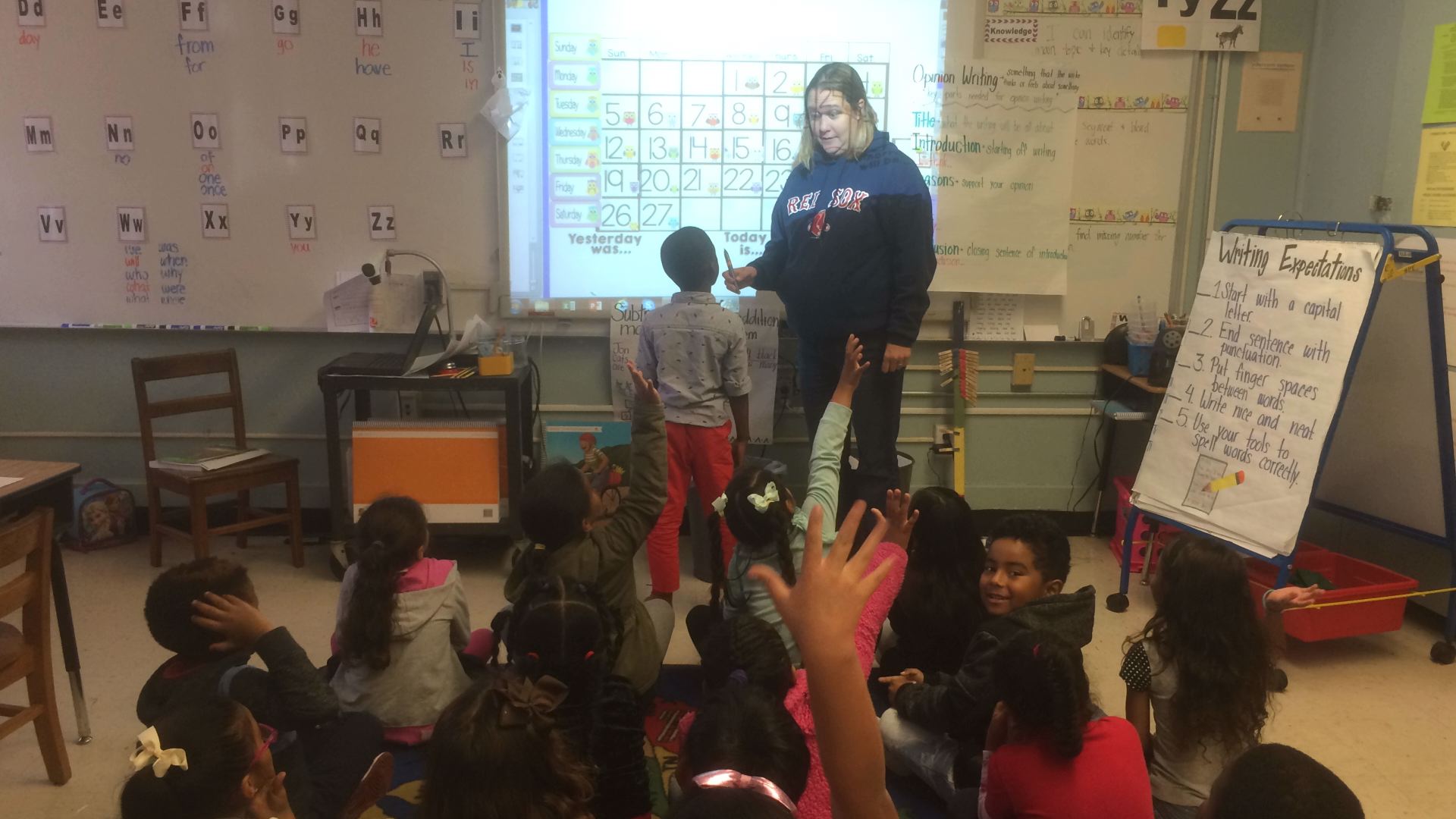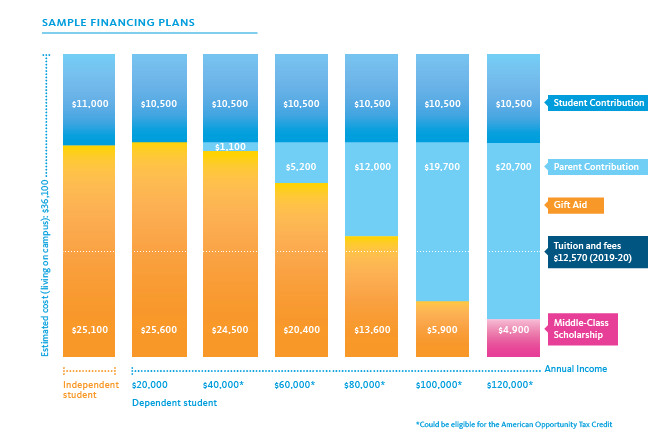
Minnesota is home of many colleges and universities. This makes it a great location for students who want to continue their education. But, the tuition costs can be high and leave students with thousands in debt. Students should look for scholarships in Minnesota that will help them pay for college.
Scholarships for college students
Minnesota Office of Higher Education offers a variety of grants that can be used for college tuition. These grants are awarded to high school graduates who are financially in need. They are open to anyone who wants to attend an accredited university within the state. The annual maximum grant is $6,848-$9,620, depending on the institution and expected family contribution.
SMART Grants in Science and Math Access for Retaining Talent
The grant is open to third- and fourth-year students in engineering, technology, science or critical foreign languages. This grant helps low-income students to complete their degrees and start a career in their chosen field. It is intended to increase retention and improve graduation rates.

Teacher of Color Pilot Program
This program is designed to increase diversity within the teaching profession by providing financial assistance for qualified students from underrepresented groups. These students demonstrate financial need and have plans to teach in underserved communities.
PFund Foundation Awards Scholarships for Leadership to LGBT+ Students
This award goes to students who are lesbian/gay, bisexual, or transgender (LGBT+), and have demonstrated dedication to the community and a strong commitment within their chosen field. They are encouraged use this opportunity to be leaders and role models for others.
Selfless Scholars - This is a unique scholarship in that it honors individuals who go above and beyond to provide support for others. Eligible applicants must have attended high school for at most one year, and have a minimum 2.5 GPA.
Page Education Foundation Grants for Students of Color
The Page Education Foundation believes that Minnesota students of color should be encouraged to pursue post-secondary education and encourages them to do so by providing them with scholarships that they can use towards their college tuition. The grant includes a commitment of volunteering in a recognized service project that benefits children of colour.

The grants are available to all income levels and races. However, priority is given in Minnesota to those of racial and ethnic minorities. The recipient must agree to teach in Minnesota's underserved communities for at least four consecutive years after receiving their certification.
For a full list of scholarships for low-income students in Minnesota, visit the Minnesota Office of Higher Education's website and click on "paying for college." The site also offers other helpful resources such as how to fill out the FAFSA and a variety of tips for students looking for funding.
FAQ
What is an alternate school?
An alternative school aims to allow students with learning difficulties to access education and provide them with support from teachers who are qualified to meet their needs.
Alternative schools exist to offer children with special educational requirements the opportunity to learn in a normal classroom environment.
In addition, they are also given extra help when needed.
Alternative schools are not only for those who are excluded from mainstream schools.
They are accessible to all children, regardless if they have disabilities or abilities.
What are some ways to get scholarships?
To help pay college expenses, scholarships are grants. There are many types to choose from. There are many types of scholarships available.
-
Federal Grants
-
State Grants
-
Student Loans
-
Work Study Programs
-
Financial Aid
Federal grants are directly issued by the U.S. government. Most federal grants require applicants to meet certain requirements. You must, for example, demonstrate financial need.
Individual states offer state grants. Some states offer state grants based only on financial need. Other states award money for specific reasons.
Banks and lending institutions offer student loans. Students usually borrow money to cover tuition and living costs.
Employers can use work-study programmes to attract qualified students. Employers are required to pay employees at least minimum wage.
Financial aid can help families with low incomes afford college by covering all or part of tuition costs.
What are the main types of early education?
There are many ways to explain early childhood education. These are the most popular:
-
Preschool - Children ages 2 to 5
-
PreKindergarten for children aged 4-6
-
Head Start/Headstart for Children Ages 0-3
-
Day Care/Daycares - Children from 0-5 Years
-
Child Care Centers – Children aged 0-18
-
Family Childcare - Children between 0 and 12 Years Old
-
Home Schooling - Children ages KG to 16
Is it necessary to attend college in order to be an early childhood educator
You can't, but it is worth considering going to college to get a degree in this field.
It is crucial to realize that teaching is not an easy job. Each year there are many applicants that are not accepted into programs. Many students also quit college after only one semester.
A teacher must meet all requirements.
Statistics
- In most developed countries, a high proportion of the population (up to 50%) now enters higher education at some time in their lives. (en.wikipedia.org)
- They are more likely to graduate high school (25%) and finish college (116%). (habitatbroward.org)
- Among STEM majors, that number is 83.5 percent. (bostonreview.net)
- They are also 25% more likely to graduate from high school and have higher math and reading scores, with fewer behavioral problems,” according to research at the University of Tennessee. (habitatbroward.org)
- “Children of homeowners are 116% more likely to graduate from college than children of renters of the same age, race, and income. (habitatbroward.org)
External Links
How To
How do I apply to scholarships?
To apply for scholarship funding, first, make sure you qualify for it. Scholarships are granted to those who meet certain criteria.
If you are economically poor, you might be eligible to receive a grant. A vocational training course is eligible to be considered for a work study program. A grant can also be granted if you are part of a minority community.
Once you've determined your eligibility for a specific type of scholarship, it is time to start applying.
You can apply online or in person. The type of scholarship you are applying for will affect the process.
Some scholarships require you to submit essays about yourself and why you want the money. Others ask questions like, "Why did you choose this major?"
Most scholarships require you to fill out an application form and send supporting materials.
Your scholarship provider will evaluate the information you supply. If you are selected, you will be notified via email or mail.
If you are not chosen, you still might qualify for another scholarship. Contact your scholarship provider for details.